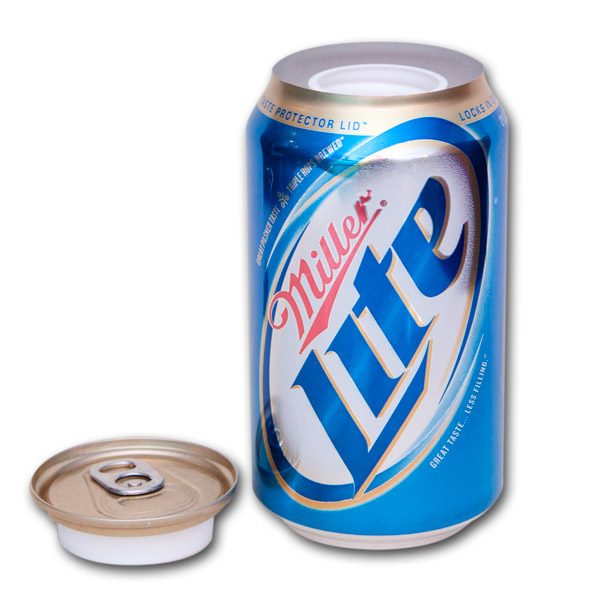
Those sugars contain calories, and the way most brewers reduce calorie counts in light beer is to lower the alcohol content. For example, Budweiser has 145 calories, and Bud Light has 110 calories.Īlcohol is produced through fermentable sugars in beer, this typically comes from grains like barley.

It’s not always a significant difference from regular beer, though. The average of this list is around 100 calories per 12-ounce serving. It can be a beer of any style, although American-style lagers are most common.īeers with the light label generally have anywhere from 50 calories to 120 calories. “Light” is also used to describe light-bodied beers that are also lighter in taste, but it doesn’t pertain to the actual color of beer. Most often, it is lighter than the brewery’s flagship beer but may still have more calories than the “heavy” beer of another brewery.īeers labeled “ultra-light” are typically at the lowest end of the calorie and alcohol spectrum for the category again, that title is subjective. If they advertise it as “light,” they should reveal this information.Īs noted in the Great American Beer Festival's style sheet, "The word 'Light' refers to light body and reduced calories rather than color." Light beer generally has either fewer calories and less alcohol than the average beer. Pay attention to labels and, if needed, turn to the brewery’s website. Without regulations, it’s up to consumers to find a beer that fits their personal definition of low-calorie (if that's what they're in search of). There is no standard definition of “light” beer, so breweries can add that name to any beer they want. What to Look for in Light Beers Calorie Counts For something inexpensive that you can find at any store, go for the reliable fan-favorite Miller Lite Lager Beer ( view at Drizly).


For a delicious craft beer with nostalgic packaging, we recommend Night Shift Brewery Nite Lite Craft Light Lager ( view at Drizly).


 0 kommentar(er)
0 kommentar(er)
